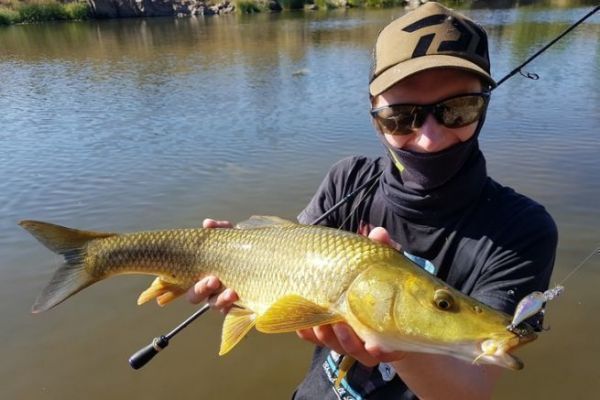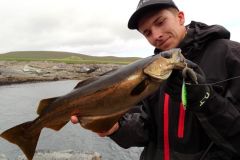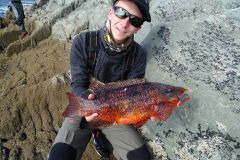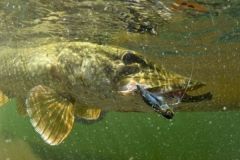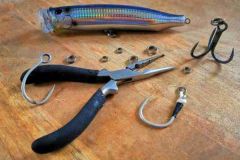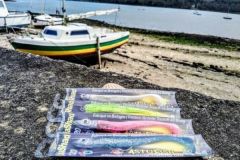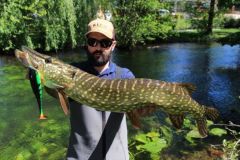River behavior
When fishing for comizo barbel in rivers, a few subtleties can make all the difference in getting good results.
The shallow average depth allows us to fish mainly by sight, hovering along the banks to spot the fish. Discretion is required to approach at a reasonable distance to cast as close as possible to the fish. Comizo barbels react instinctively when prey falls into the water and pounce on it. The cast must be very precise to come within a metre of the fish and trigger its attack.
Fly fishing
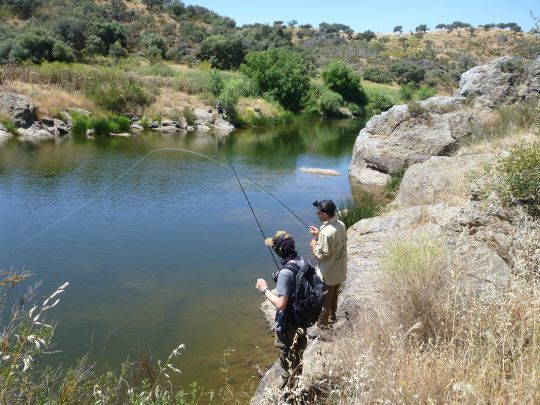
Targeting this barbel with a fly is not always an easy task, as casting distances are shorter than with a lure, and landings must be all the more precise. The main advantage of fly fishing is the ability to cast very light weights at suitable distances.
Dry flies work particularly well when fish are on the move, looking for prey drifting on the surface. Streamers are best used when fish are searching the bottom for crayfish or small invertebrates. Unlike dry fishing, the streamer must be set relatively far from the target fish and then slowly brought to the bottom, hopping along to imitate a crayfish. It's not uncommon to get good carp biting this way, so don't forget to equip yourself accordingly. A 4 or 5 line rod is ideal for this type of environment.
Lure fishing
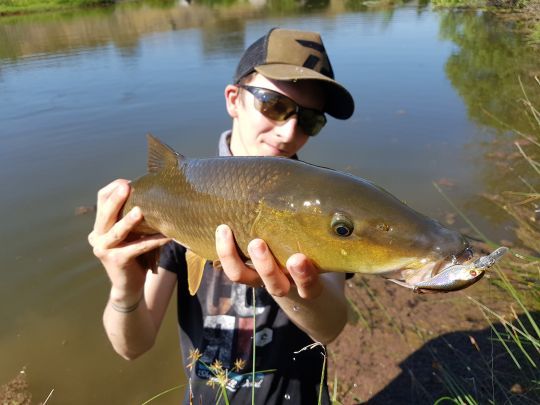
Comizo barbel on a river lure isn't always the most effective technique, but it's certainly the one that provides the most thrills.
As with fly fishing, lure types can be divided into two parts: surface lures and sinking lures. On the surface, we mainly use small poppers less than 5 cm long. Stickbaits may also work, but animating the lure is not necessary, since the aim is to trigger a reflex attack when the lure hits the water. When fish don't respond to surface lures, small crankbaits in natural colors work equally well.
